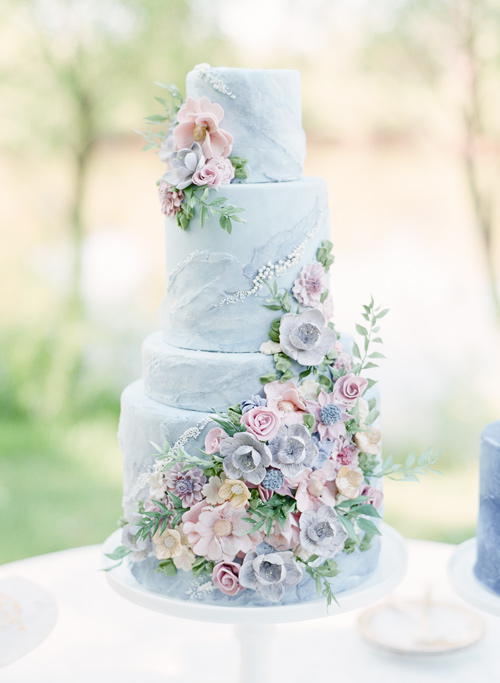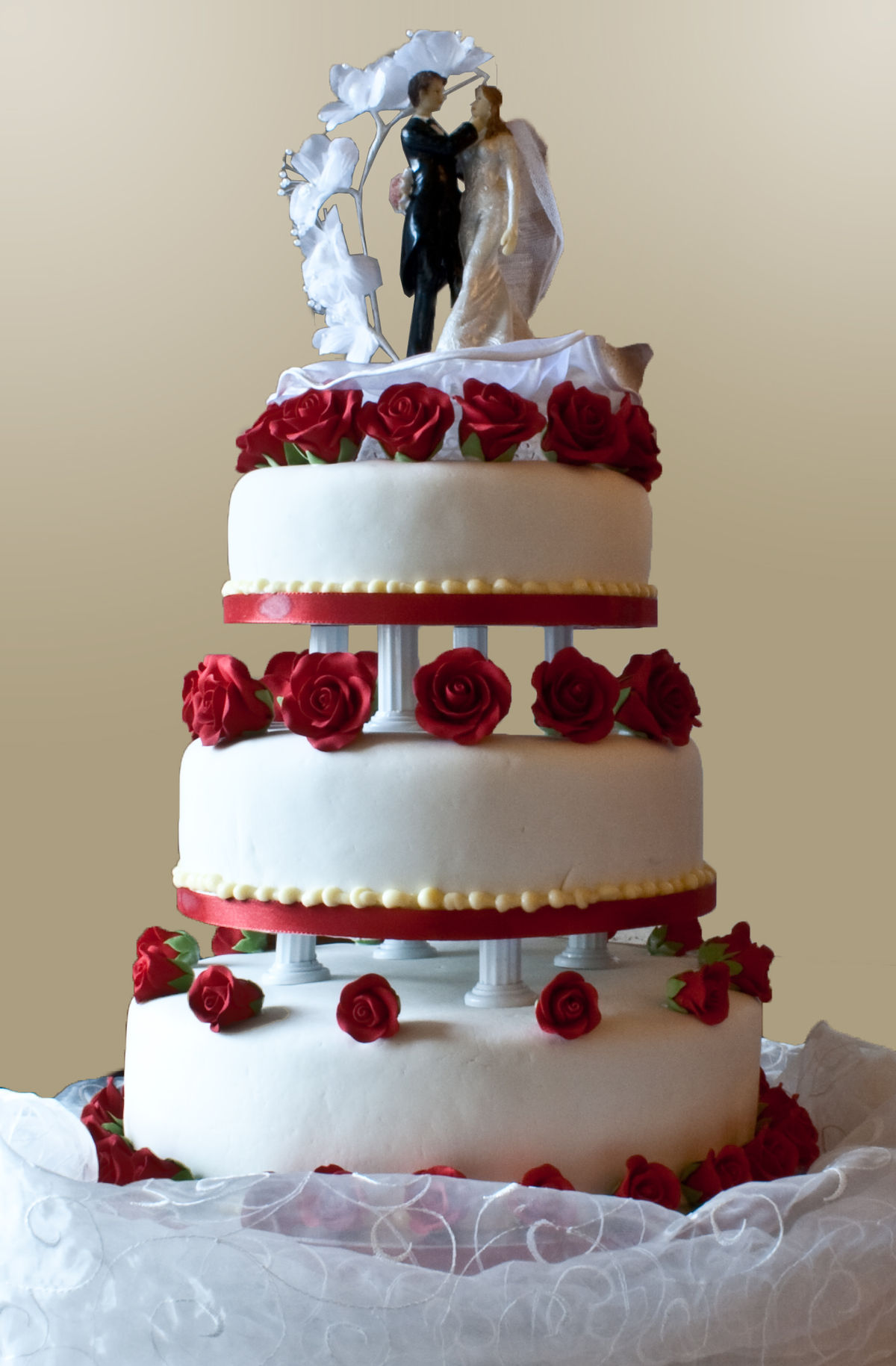There's nothing quite like sharing generous slices of mouthwatering homemade cake with family or friends. In making a cake you are taking advantage of some magical scientific transformations to create something sugary, delicate and delicious that everyone will love – and love you for.
Like many people, I was inducted into cake making at the apron of my mother. Some of my most treasured memories are of scooping fairy cake mixture into little paper cases, dipping my fingers into the melted chocolate icing, and the satisfaction of eating the misshapen creations for tea.
Making cakes like these might seem like an ageless tradition, but actually this type of light, airy cake is a relatively new invention.
The first skilled bakers were probably the ancient Egyptians. At this time cakes were basically breads, with egg, fat and honey added to create the recognisable essence of cake: richness and sweetness. The earliest English cakes were still essentially bread, their main distinguishing characteristics being their shape – round and flat – and that they were hard on both sides as a result of being turned during baking.
Testing text

